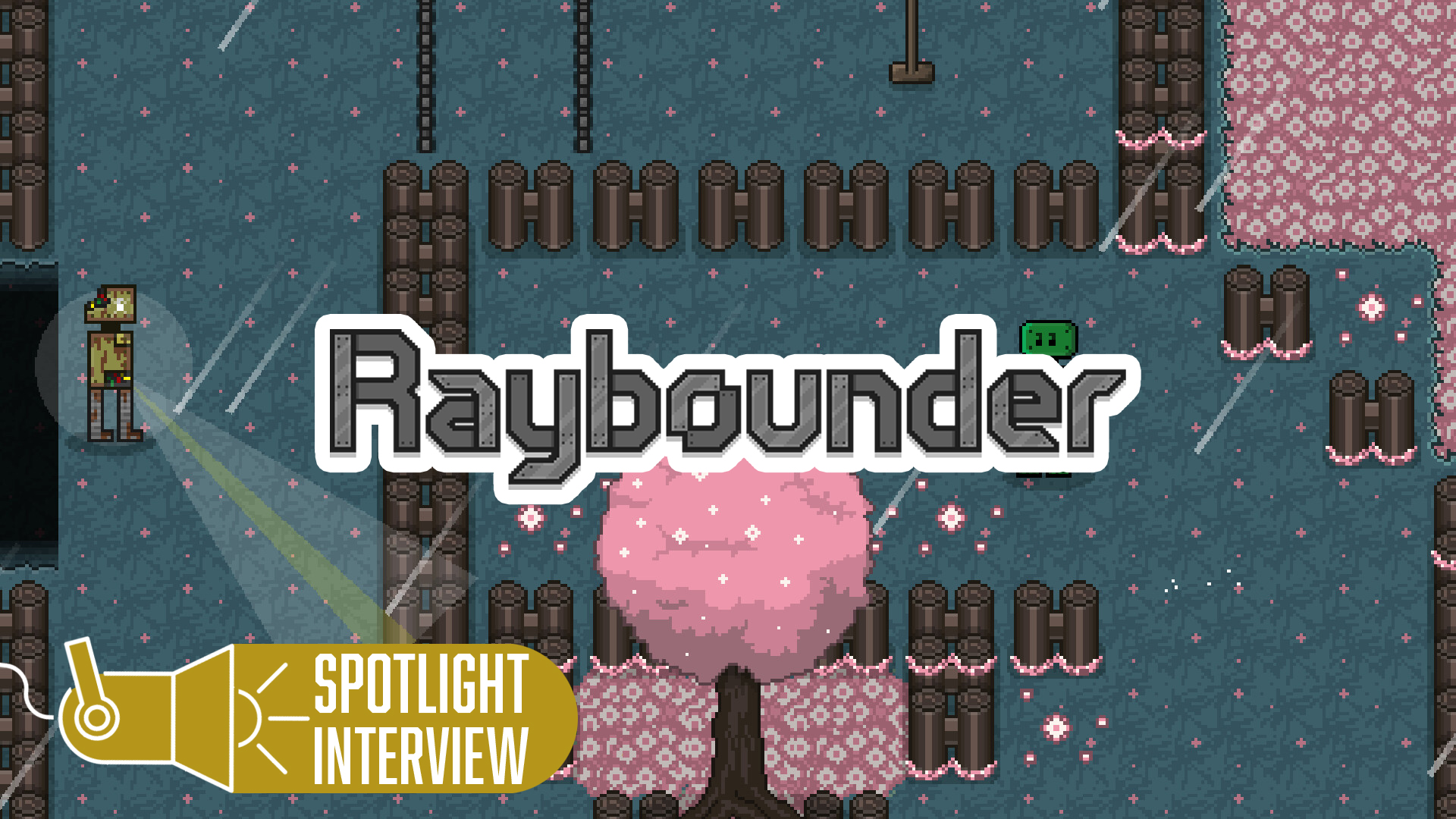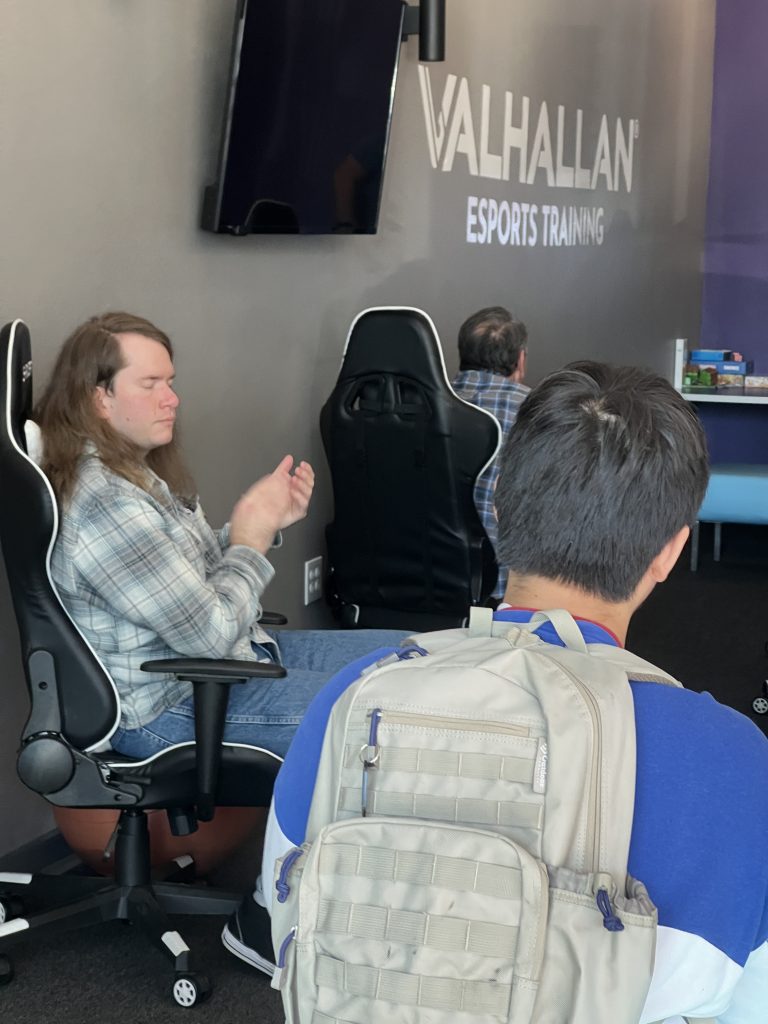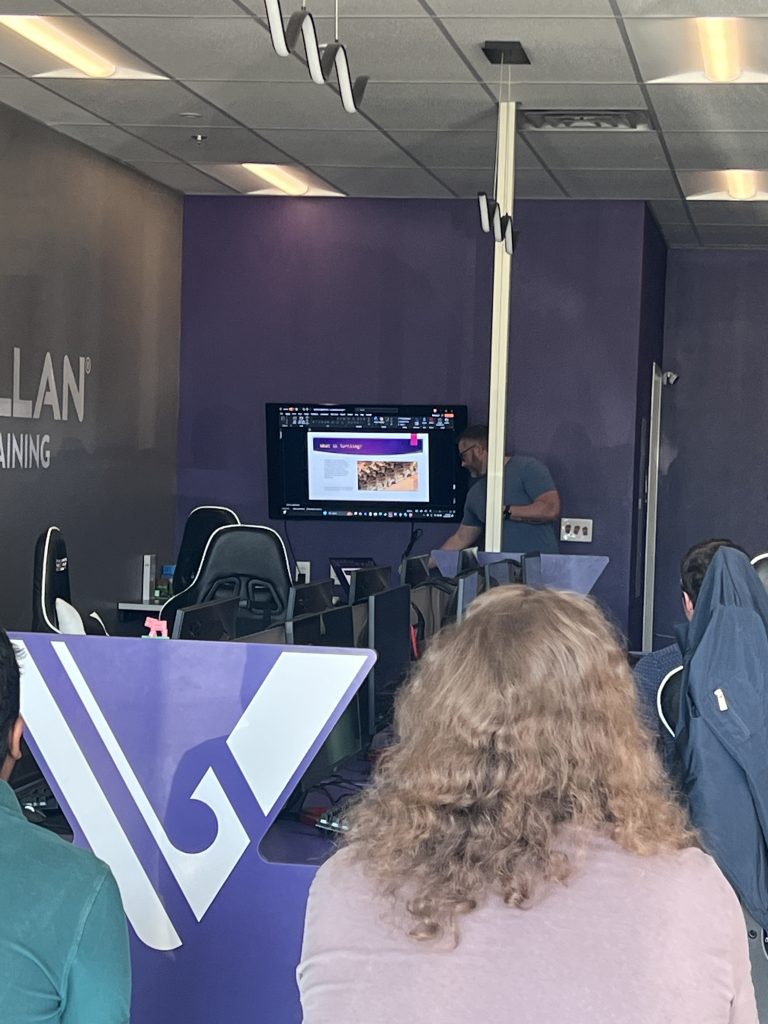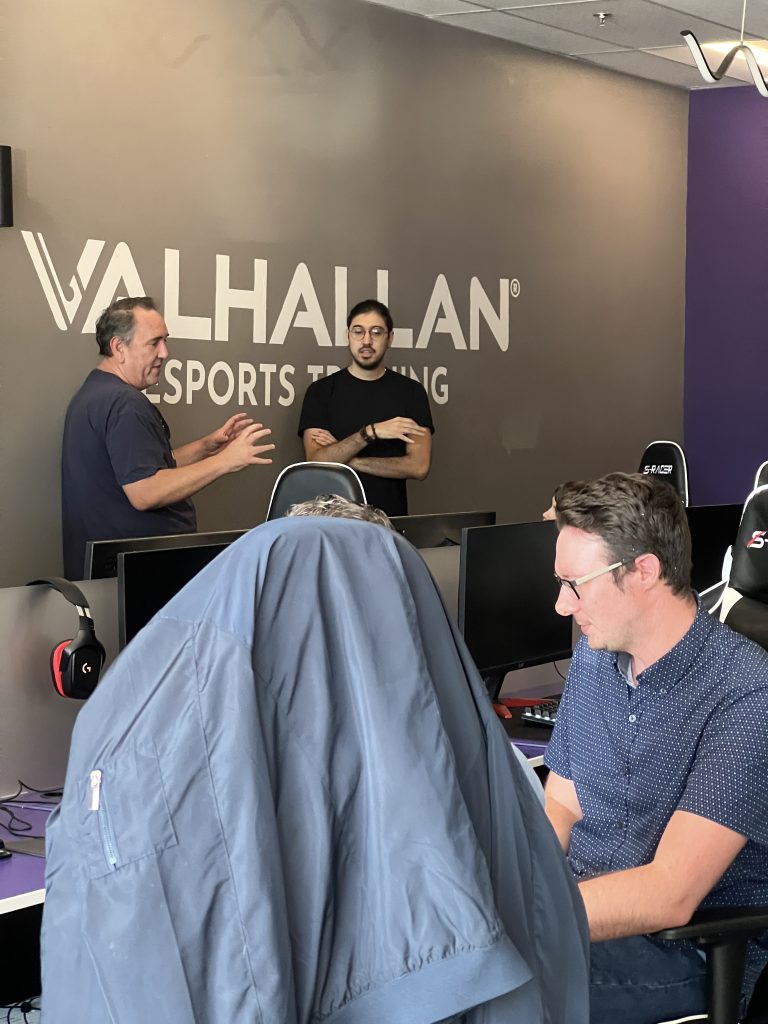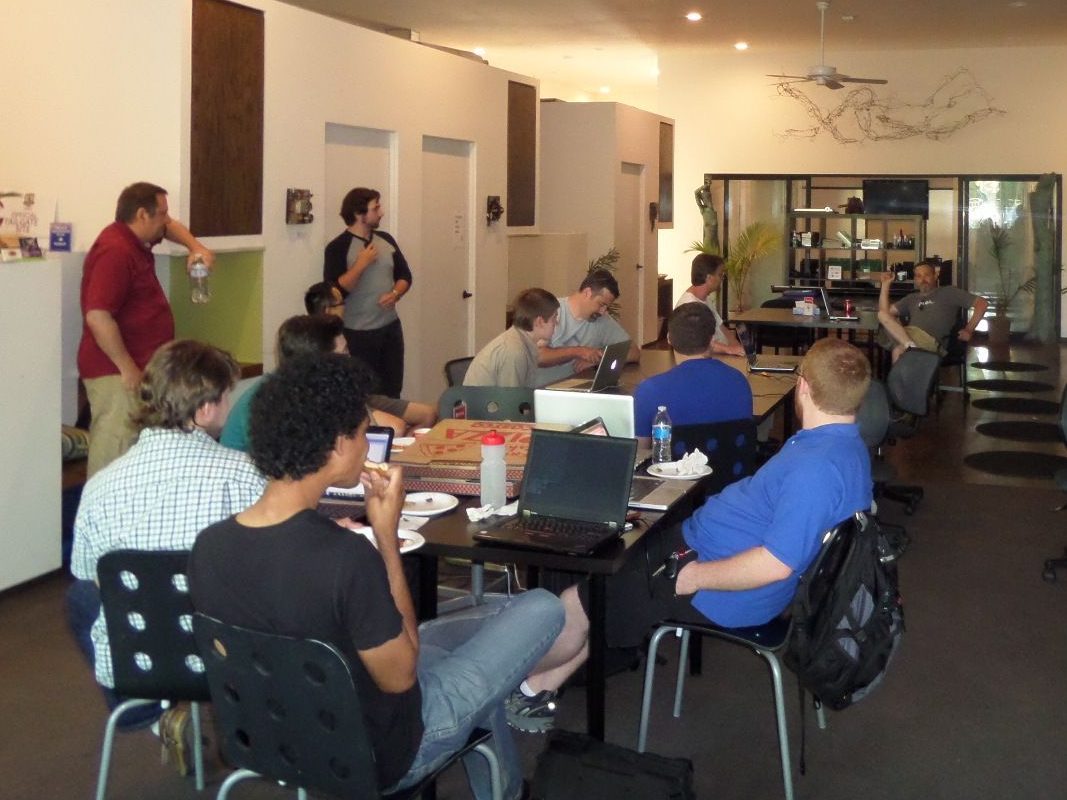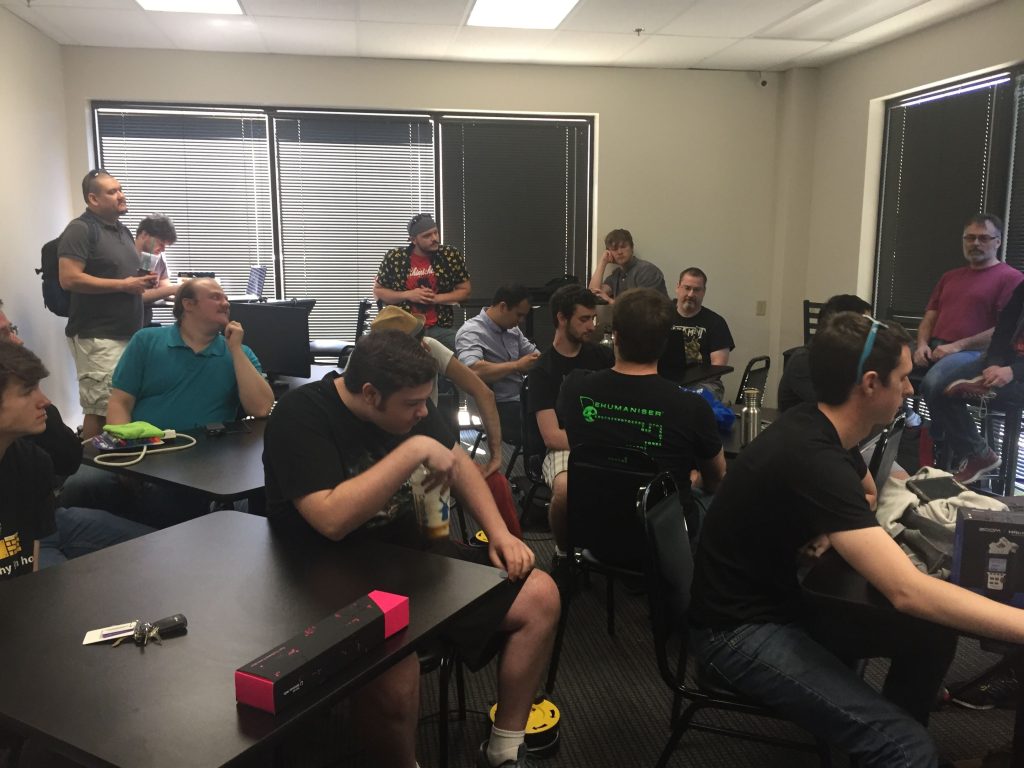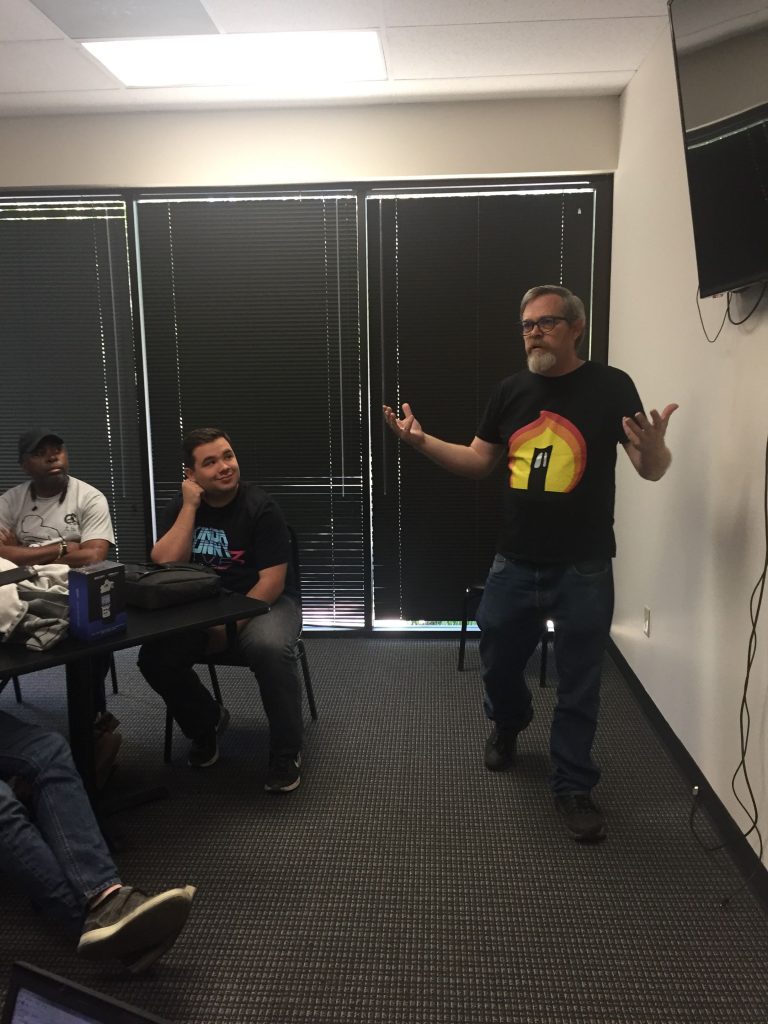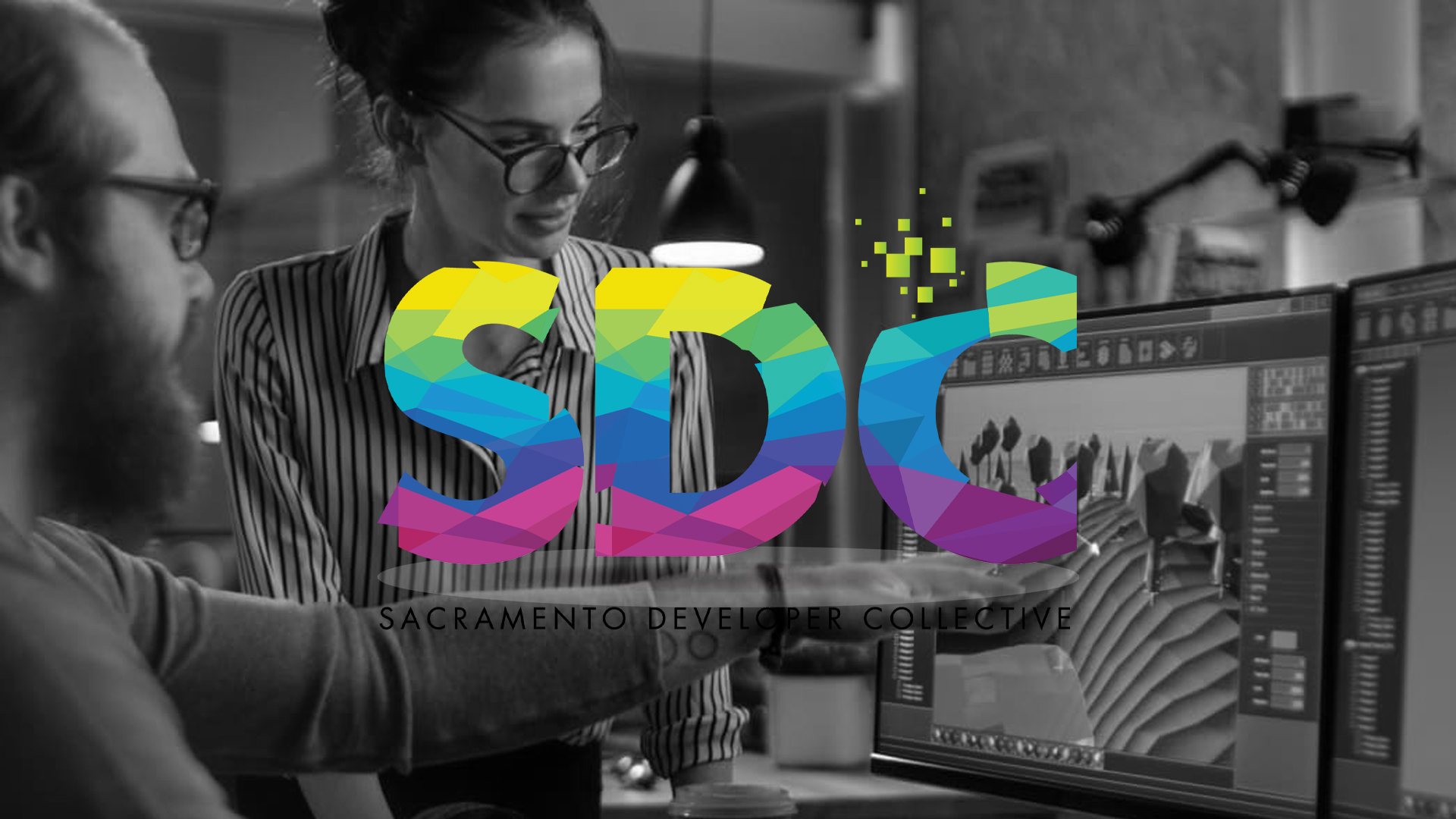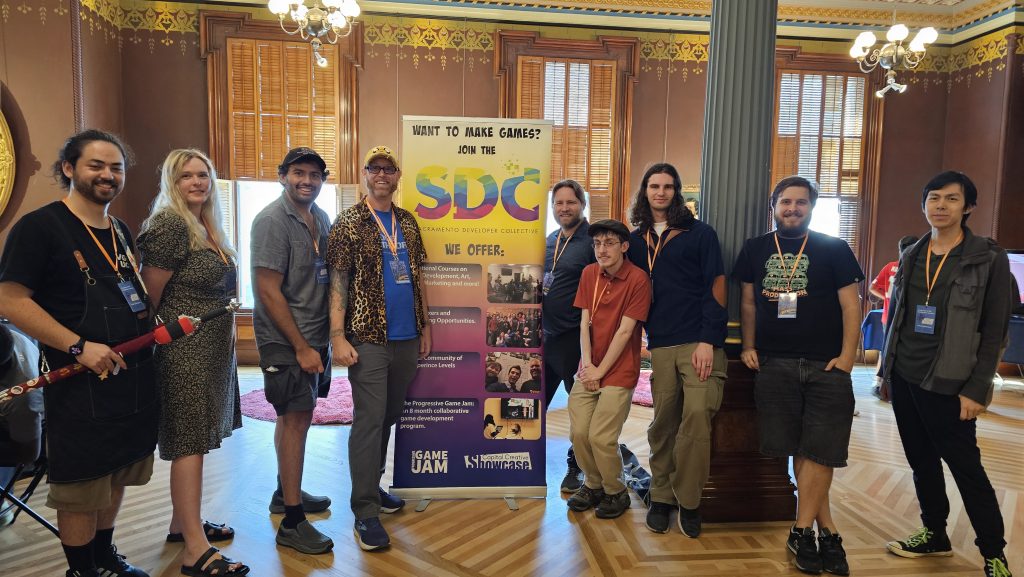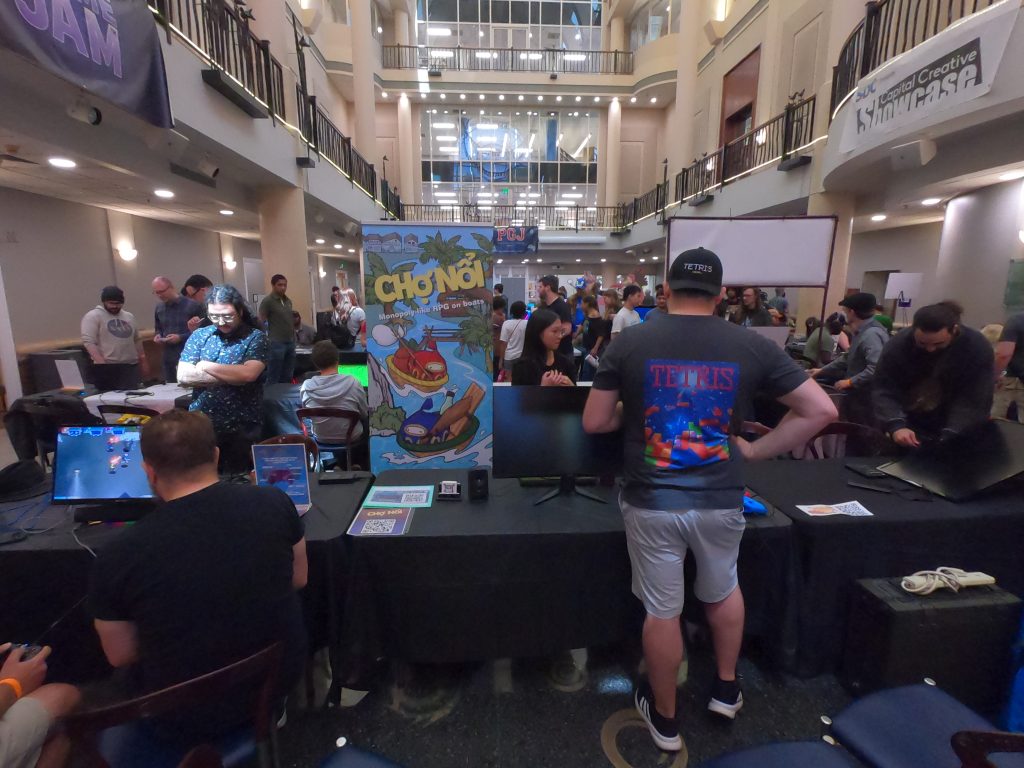Hello! This week, we’re shining a spotlight on indie developer zilard, creator of the puzzle game Raybounder. What began as a GMTK Game Jam entry in 2020 has since grown into a fully fleshed-out project, featuring more than 60 levels of puzzle-platforming built around a unique mechanic: using laser recoil to move. In Raybounder, players control a robot armed with a laser gun, using its blasts not only to solve puzzles but also to propel themselves across increasingly complex and creative challenges.
We sat down with zilard to talk about the game’s inspirations, the challenges of solo development, and what’s next for both Raybounder and its creator.
For those who may not know, can you give us the quick pitch for Raybounder?
zilard: Raybounder is my passion project of about 2.5 years. It’s a top-down puzzle game where you play as a robot with a laser gun. When the gun fires, the recoil pushes you around the level. You need to use that movement to dodge obstacles, open paths, and ultimately guide both the robot and its laser safely to the end.
What inspired the game’s unique mechanic and puzzle design?
zilard: The game started as a GMTK Game Jam entry back in 2020 called Gun Control. At the time, I was going for something like “golf, but with guns.” Players enjoyed it and wanted more levels, so I decided to expand it. I’d also say old Flash games I played growing up definitely influenced the menus and presentation.
I definitely got those vibes—when I played, it reminded me of sites like Miniclip or Newgrounds.
zilard: Exactly. All those hours on Coolmath-Games must have stuck with me. A lot of playtesters mentioned the same thing.
Did any particular game or piece of media influence Raybounder more directly?
zilard: The art style owes a lot to my time making levels for Knytt Stories. You can see that evolution from my first game, Much Ado Mountain. Mechanically, I think Raybounder is fairly unique, but I’ll give a shoutout to Theyest Thou—the only other game I’ve seen with a somewhat similar concept, which actually came out right around the time I made Gun Control.
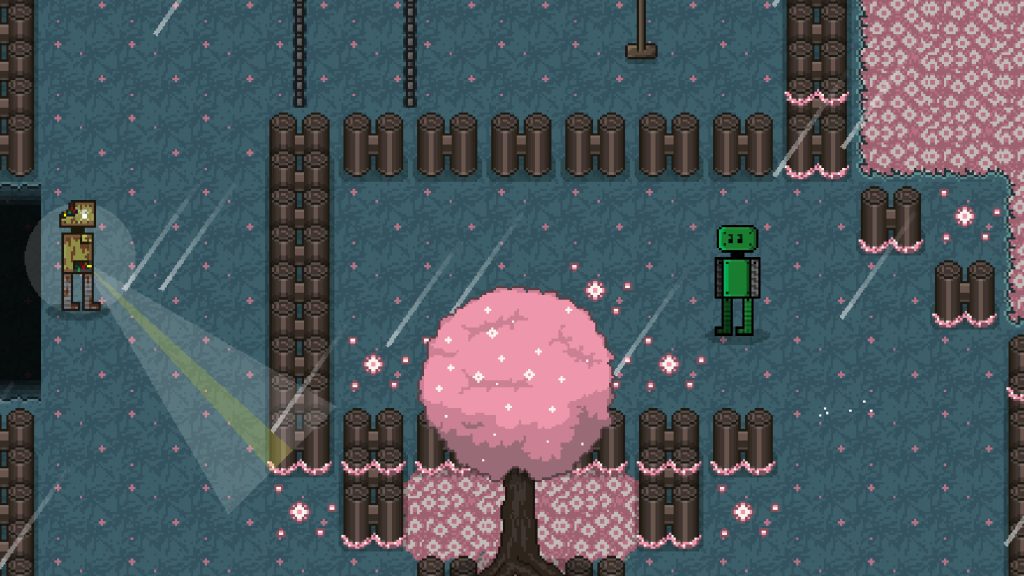
How did you first get started in game development?
zilard: Honestly, it goes back to when I was a kid discovering Roblox. Realizing that all these games I was playing were made with this weird language called Lua really piqued my curiosity. From there, I just loved making stuff for me and my friends—Roblox places, Minecraft mods, Scratch games, Knytt Stories levels. Eventually, I started joining game jams. It’s been a long journey, but Raybounder has definitely been the most rewarding project yet.
Were there any mechanics or ideas that didn’t make it into the final game?
zilard: Oh, plenty. Early on, I thought about adding different weapons and attachments—I leaned too far into combat before remembering it was supposed to be a puzzle game. I dialed it back and focused on doing more with less, like combining pushable, destructible, and hazardous objects into the TNT blocks you see in the final version. I’ve kept a lot of unused ideas in my pocket for future projects, though.
With over 60 levels, how did you keep the design fresh and engaging?
zilard: There are quite a few distinct mechanics—wind, ice, lightning, and more. Even with 60 stages, I feel like I only scratched the surface of what’s possible with them. I tried to avoid repeating the same combinations and made sure each area had a unique setting so that every level felt fresh.
A lot of stages also blend traditional logic puzzles with precision-based challenges. That mix kept things varied. My goal was always to have players asking for more, not wishing it was over.
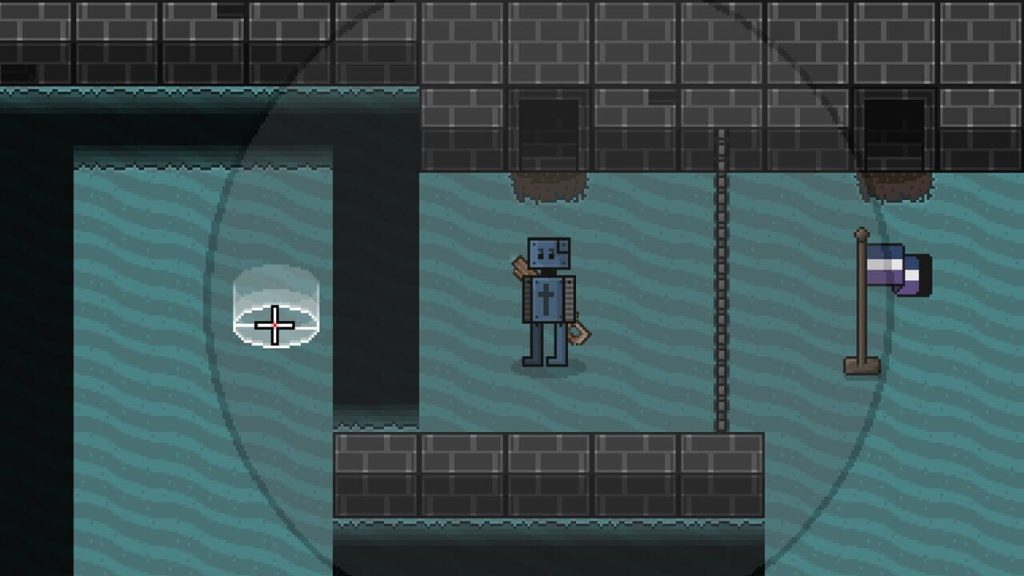
How has the reception been so far?
zilard: Really positive! Making a game solo is a lonely process, and for years I wasn’t sure if what I had was even good. But the players who’ve tried it seem happy with it—even if some levels frustrate them a little, haha.
Raybounder has been such a great learning experience. I’ve grown as a designer and artist through it. While I’m excited to move on to new projects, I think the game deserves more love. I’m planning to release some DLC in the coming months.
Were there any levels you found especially rewarding to design?
zilard: Definitely. Once I made the level Scrap Metal, which features yellow robots, I realized I had something special. Before that, the game was entirely strategic—you could always repeat the solution once you knew it. But when I added time-sensitive situations, players had to execute actions under pressure. That layer of precision really changed the direction of the game.
As we wrap up, let’s end on something fun: what’s your favorite fast food meal?
zilard: I’m sorry to say, I have a really good answer for this… at Wingstop, a Spicy Korean Q Chicken Sandwich (with pickles), an order of voodoo fries, and a diet Dr. Pepper. TOP TIER!
Love it. And what question would you like to pass along to the next developer we interview?
zilard: My question for our subsequent interviewee: What is the most memorable bug you encountered while working on your game?
Finally, where can people follow your work?
zilard: You can check out my site at zilard.net—though it’s still under construction. On social media, I’m on X at @zilardian and on YouTube at @zilard. That’s about it—I’m not much of a content creator, haha.
Interviewer: Thank you, zilard! Best of luck with your next project, and we look forward to seeing what you create next.

